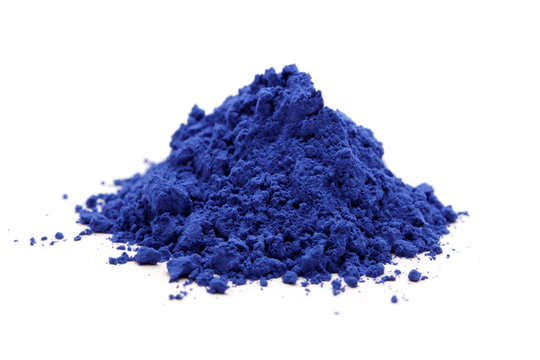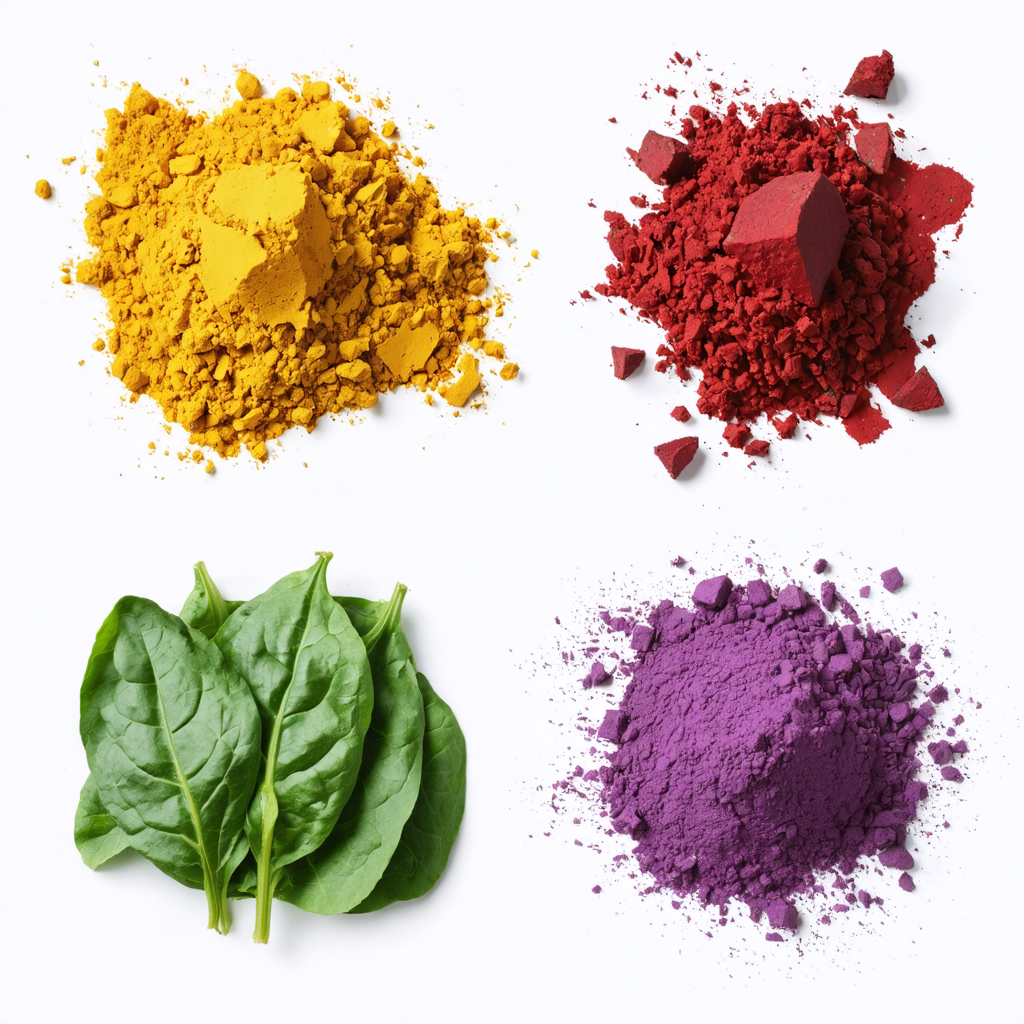Firstly you need to understand that phycocyanin and phycoerythrin both are photosynthetic pigments, which do have blue and red colors, respectively, and its found in microalgae, cyanobacteria, rhodophytes and cryptomonads.
Their main uses are as food supplements, as natural colouring agents in cosmetics and food, and as a reagent in immunological assays.
However, their low yield during production and restricted chemical instability provide the biggest obstacles to their commercialization and adoption in food and cosmetic applications.
Whats microalgae
A broad group of aquatic microorganisms that can live in a wide range of environments, pH levels,
and temperatures are known as microalgae. Their growth requirements are straightforward, and they efficiently utilise light, carbon dioxide (CO2), and other inorganic nutrients.
Table of Contents
ToggleHow do we understand Phycocyanin and Phycoerythrin differences
To make your concepts clear regarding this read this box below.
| Phycocyanin | Phycoerythrin |
| Along with allophycocyanin and phycoerythrin, phycocyanin is a pigment-protein complex that belongs to the phycobiliprotein family, which captures light. | Red algae include phycoerythrin (PE), a red protein-pigment complex from the family of phycobiliproteins that captures light and cryptophytes |
| Thus, it is a matching colour to chlorophyll. | Additive to the primary chlorophyll pigments needed for photosynthesis |
| Also, phycocyanin absorbs orange and red light, especially near 620 nm, and has a distinctive light blue colour. | Also, the prosthetic group phycoerythrobilin is what gives phycoerythrin its red colour. |
| Blue-green algae, often known as cyanobacteria, contain phycocyanins. | Hence, It is made up of phycobilins, a protein component that covalently binds chromophores like all phycobiliproteins do. |
| Aphanizomenon flos-aquae and spirulina produce the substance phycocyanin, | Infact, Phycoerythrins are made up of monomers that are often arranged into disk-shaped trimers or hexamers. |
Techniques to enhance the yield of phycocyanin and phycoerythrin
In addition, Chlorophyll a and PBP, the two primary photosynthetic pigments, enable cyanobacteria to produce large amounts of organic material and with great photosynthetic efficiency.
However, PBP absorbs light energy at a wavelength of 450–660 nm, whereas chlorophyll does so at a wavelength of 430–680 nm.
Hence, the cyanobacteria’s light-harvesting mechanism is greatly influence by the kind and intensity of the light, which has an impact on the accumulation of different photosynthetic pigments.
Strategies to improve pigment stability
Also adding additives is the most effective and straightforward technique to increase the stability of phycobiliproteins.
The majority of research has been on using chemicals to increase their heat stability.
Then this stabilising technique is simple to use and doesn’t call for expensive or specialised equipment. However, because significant volumes of chemicals may be require, low toxicity additives must be employ.
What purpose does phycocyanin serve in cyanobacteria
So In addition, an old class of photosynthetic prokaryotes known as cyanobacteriums is regarded to be the first species to perform oxygenic photosynthesis. But only cyanobacteria employ phycocyanin (PC) to absorb light energy for photosynthesis.
Spirulina: Does it include phycocyanin?
So phycocyanin is a pigment in spirulina and it is an intensely blue protein-pigment complex that belongs to the phycobiliprotein (PBP) family. The phycobilisome (PBS), a supplementary peripheral light-harvesting complex assemble on the surface of the thylacoid membrane, is built by PBPs.
Finally, you are at the end of the blog wanna check out our products then click here.
Moreover, wanna order Phycocyanin and Phycoerythrin then click here.




